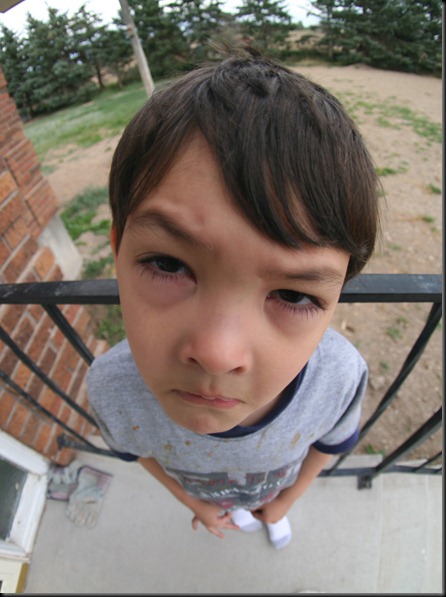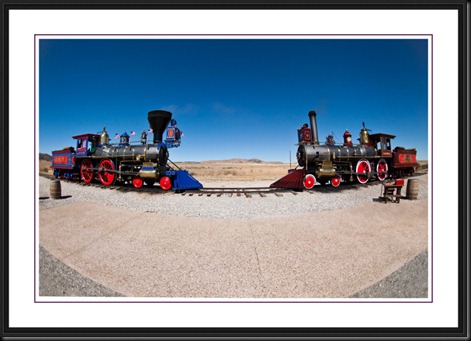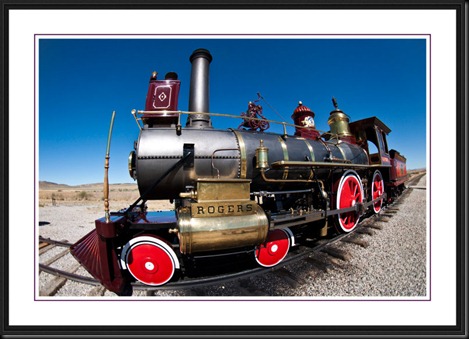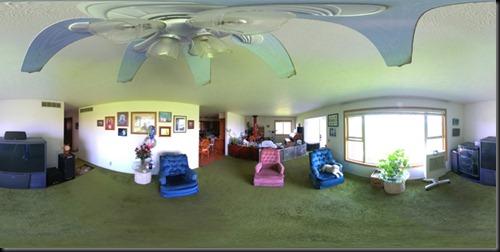A fisheye lens is an extreme wide-angle lens that produces a curved hemispherical image. While many people might dislike this kind of lens due to its extreme barrel distortion or optical aberration which causes straight lines to become extremely curved, others see it as a way to present the world in a new and creative way.
Because the fisheye lens is very wide (usually around 8mm) and barrel distortion is so high, distances become very non-compressed which causes object scales to fall off quickly as distances of objects increase from the lens. For example, if I photograph a 1 foot diameter ball 1 foot away from a fisheye lens and another ball of the same size 3 feet away, the further ball will look extremely small and distant compared to the first.
Also, like with regular wide-angle lenses it’s easy to get very wide depths of field with this lens.
I personally use a Peleng fisheye lens. This Russian lens is well built and works like a charm. Aperture and focus must be controlled manually on the lens. I tend to set the lens for f/8 and the focus to 2 meters. At two meters my camera will have a sharp DOF from 1 foot to infinity.
I took the following quick snap of a nephew with my fisheye to show the optical distortion that a fisheye produces. My camera lens was only a few inches from his head. Trust me, he was actually happier than the photo suggests.
The following two photos were taken at Promontory Point in Utah (Golden Spike) with my fisheye. The fisheye allowed for me to include both trains in the shot while being up close.
While fisheye lenses can be used for creative effect through barrel distortion, they can also be used for other purposes as well. Most of the time I actually use my fisheye lens to create 180×360 degree equirectangular panoramas. These panoramas have a ratio of 2:1 and include a full photographic view of everything around me.
My camera with the Peleng lens is placed onto a tripod head made for this kind of photography and then I take 6 photos around the horizon and one straight up. The only thing not covered is a two foot circle under the tripod. These 7 images are then taken into another program (PTgui) and are stitched together to form the 2:1 panorama image mentioned above. I then take that image into another program which tears it into 6 cubic images. The bottom image of the 6 cubic images is then sent into Photoshop where I can clone in the two foot section of floor that my photography couldn’t capture. These 6 images are then recompiled into the 2:1 panorama. If I choose to do so I can take the panoramas and have them converted into a Quicktime interactive movie that allows a user to pan and zoom in the scene. I’m sure many of you have seen these kinds of Quicktime VR movies.
Here is an image of a front room in the 2:1 360 equirectangular format. Remember that this is a compilation of 7 fisheye photographs plus a little cloning of the very bottom portion. You will notice that the distortion is especially high with the ceiling fan which was only a foot above the camera. When this image is converted for use as a Quicktime VR the fisheye distortion no longer exists and the scene looks normal (that is, barrel distortion is eliminated in favor of a proper rectilinear projection).









